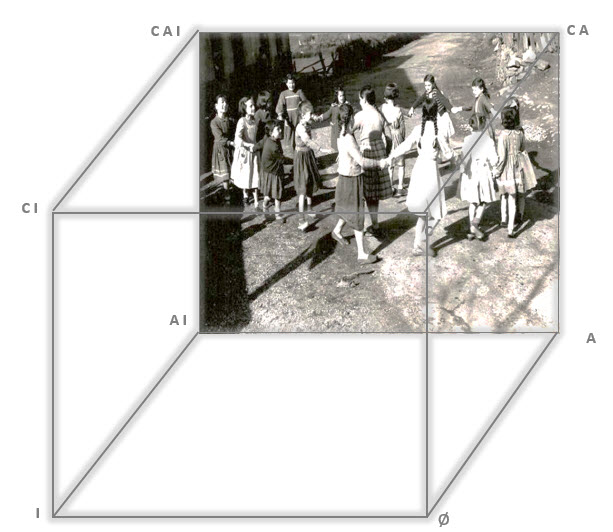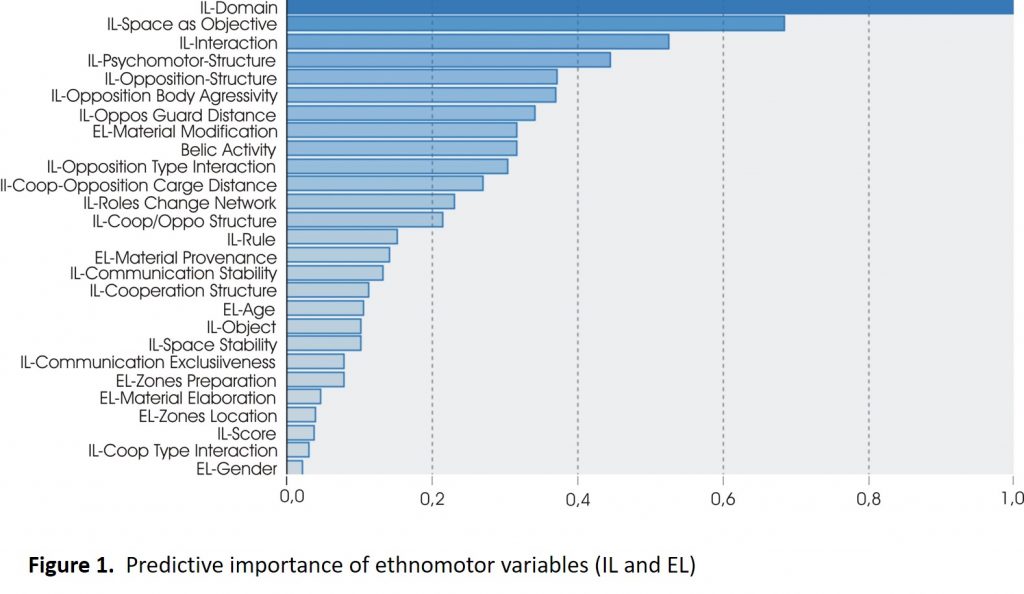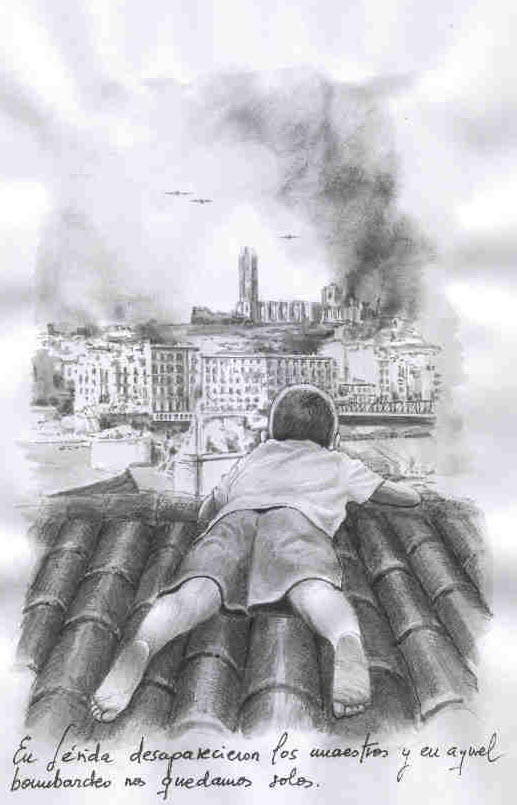Se ha publicado en la revista Frontiers, el articulo Playing Ludomotor Activities in Lleida During the Spanish Civil War: An Ethnomotor Approach (La practica de actividades ludomotoras en Lleida durante la Guerra Civil española: un enfoque etnomotor) Los autores son miembros del GIAM 

 Rosa Rodríguez-Arregi1,
Rosa Rodríguez-Arregi1, 



BRIEF RESEARCH REPORT ARTICLE
Front. Psychol., 12 January 2021 | https://doi.org/10.3389/fpsyg.2020.612623
Keywords: Ethnomotricity, motor praxeology, war games, intangible cultural heritage, mixed methodsnvb
Abstract :
The traditional ludomotor activities (LA) are recognized by UNESCO as an intangible piece of cultural heritage. The ethnomotricity analyzes LA in its sociocultural context, taking into account the proprieties of rules or motor conditions (internal logic) and the link with local culture (external logic).
The aim of this research was to identify and reveal the distinctive ethnomotor features of LA in order to understand the adaptations that occurred in the social scenario of the Spanish Civil War (1936–1939) in Lleida.
The corpus of the research was constituted by 101 LA which were collected from the analysis of 20 semi-structured interviews. An “ad hoc” tool was designed and agreed upon by expert observers. It was comprised of a total of 27 ethnomotor variables related to LA.
The experts achieved high reliability [Cohen’s kappa coefficient (κ) and Spearman’s correlation coefficient = 1] when the classification of LA was carried out on two different occasions.
Descriptive statistics, cross-tabulations (Pearson’s chi-squared) effect sizes, and two-step clusters were performed by external and internal logic variables.
The presence or absence of motor interaction (X2 = 9.029; df = 1; p < 0.003; ES = 0.298) was enlightening when comparing LA with and without a war connotation. On the other hand, the hierarchy of variables rested primarily on IL-Domain (Psycho-Coop-Oppo-Coop/Oppo) (PI = 1). Among other singularities, while two-step cluster analysis revealed a corresponding ethnomotor silhouette with cluster 1, with the warlike connotation (n = 48; 96.0%), its homologous structure was expressed (Cluster 2) in the absence of the warlike character (n = 26; 50%).

Abstract :
Los juegos deportivos tradicionales (JDT) (TSG) son reconocidos por la UNESCO como patrimonio cultural inmaterial de la humanidad. La etnomotricidad analiza el TSG en su contexto sociocultural, teniendo en cuenta la propiedad de las reglas (lógica interna) y el vínculo con la cultura local (lógica externa)..
El objetivo de esta investigación fue identificar y revelar los rasgos etnomotores distintivos de las actividades ludomotoras (LA) para conocer las adaptaciones producidas en el escenario social de la Guerra Civil española (1936-1939) en el contexto geográfico de Lleida.
El corpus de la investigación estuvo constituido por 101 LA, recopilado a partir del análisis de 20 entrevistas semiestructuradas. Se diseñó una herramienta «ad hoc», consensuada por observadores expertos, constituida por 27 variables etnomotoras en la AL.
Los expertos lograron una alta confiabilidad cuando la clasificación de LA se realizó en dos momentos diferentes.
Se utilizó SPSS v.25 para aplicar estadísticas descriptivas, tabulaciones cruzadas, tamaños de efecto y grupos de dos pasos tratando el conjunto de variables lógicas externas e internas como unidades interconectadas de un conjunto binario.

La presencia o ausencia de interacción motora (p <.003; ES = .298) fue reveladora cuando se comparó LA con y sin connotación de guerra. Por otro lado, la jerarquía de variables se basaba principalmente en IL-Domain (Psycho-Coop-Oppo-Coop / Oppo) (PI = 1).Entre otras singularidades, mientras que el análisis de conglomerados de dos pasos reveló una silueta etnomotora correspondiente con el conglomerado 1, con connotación bélica (n = 48; 96,0%); en sentido contrario, se expresó su homólogo (Cluster 2), en ausencia del carácter bélico (n = 26; 50%).

